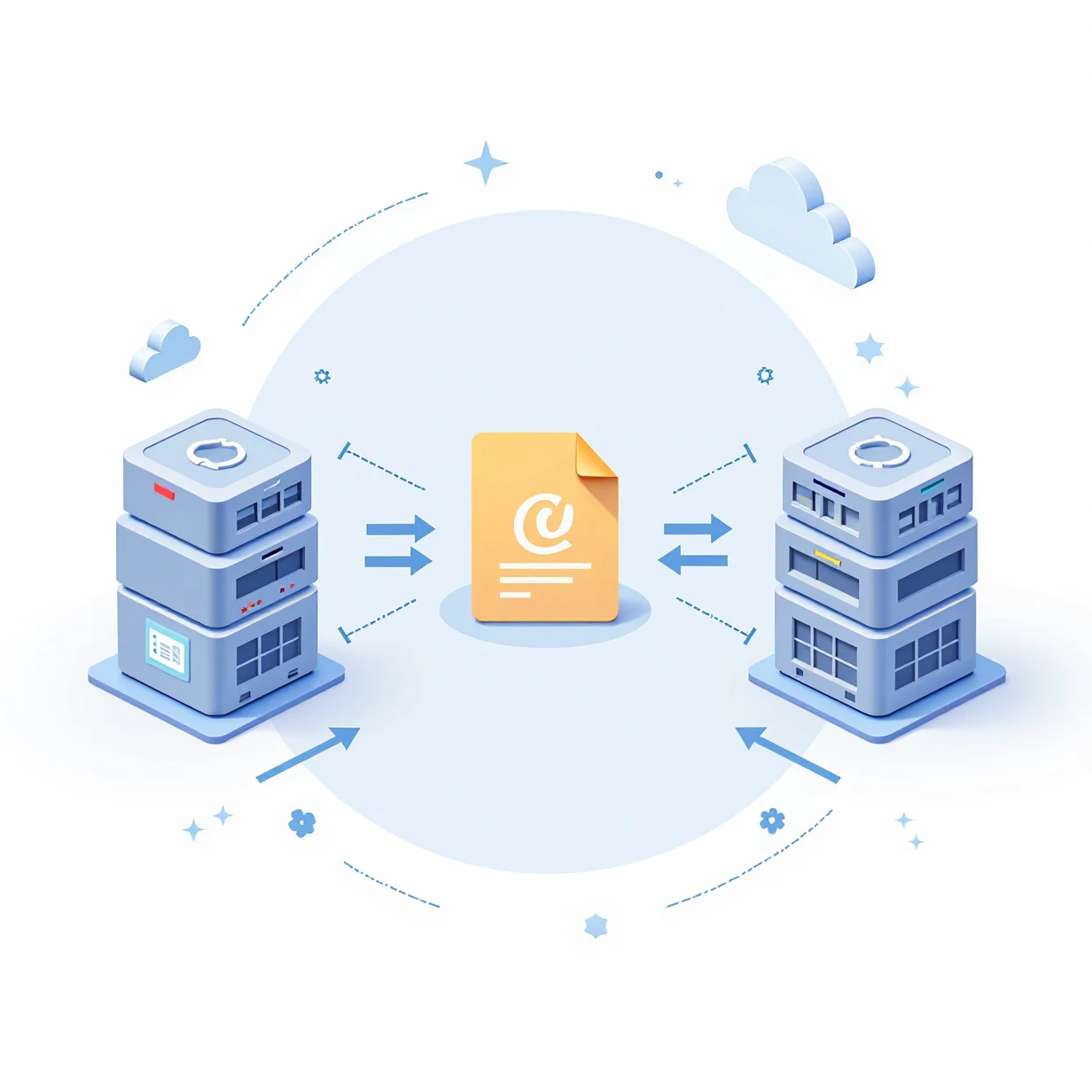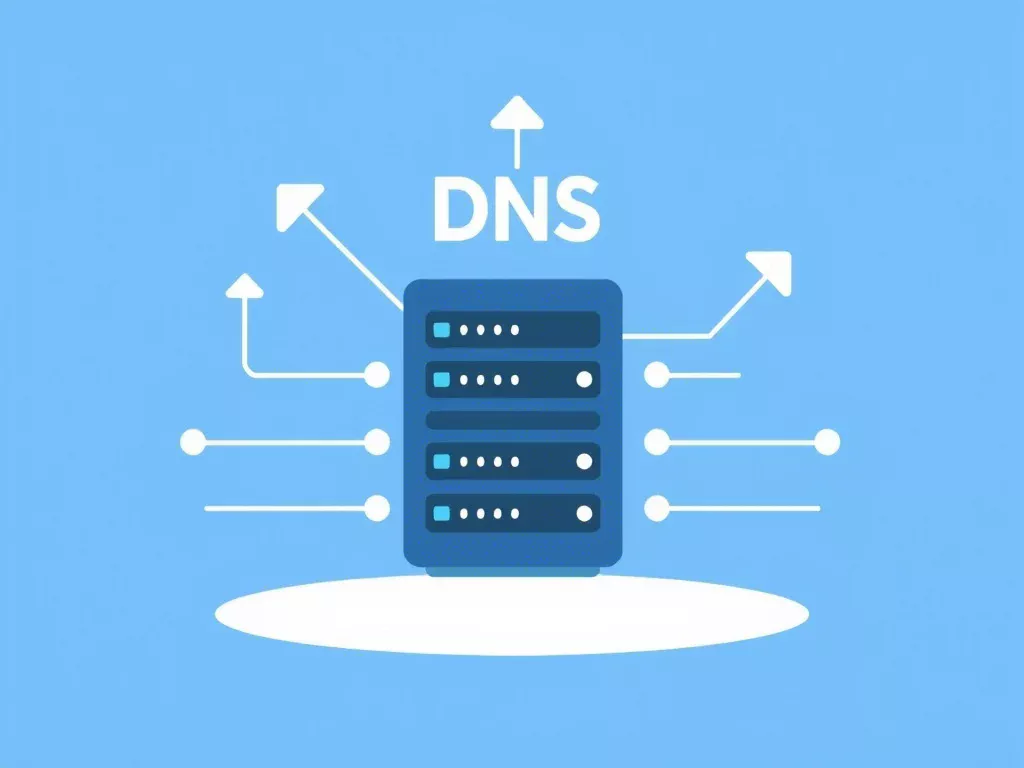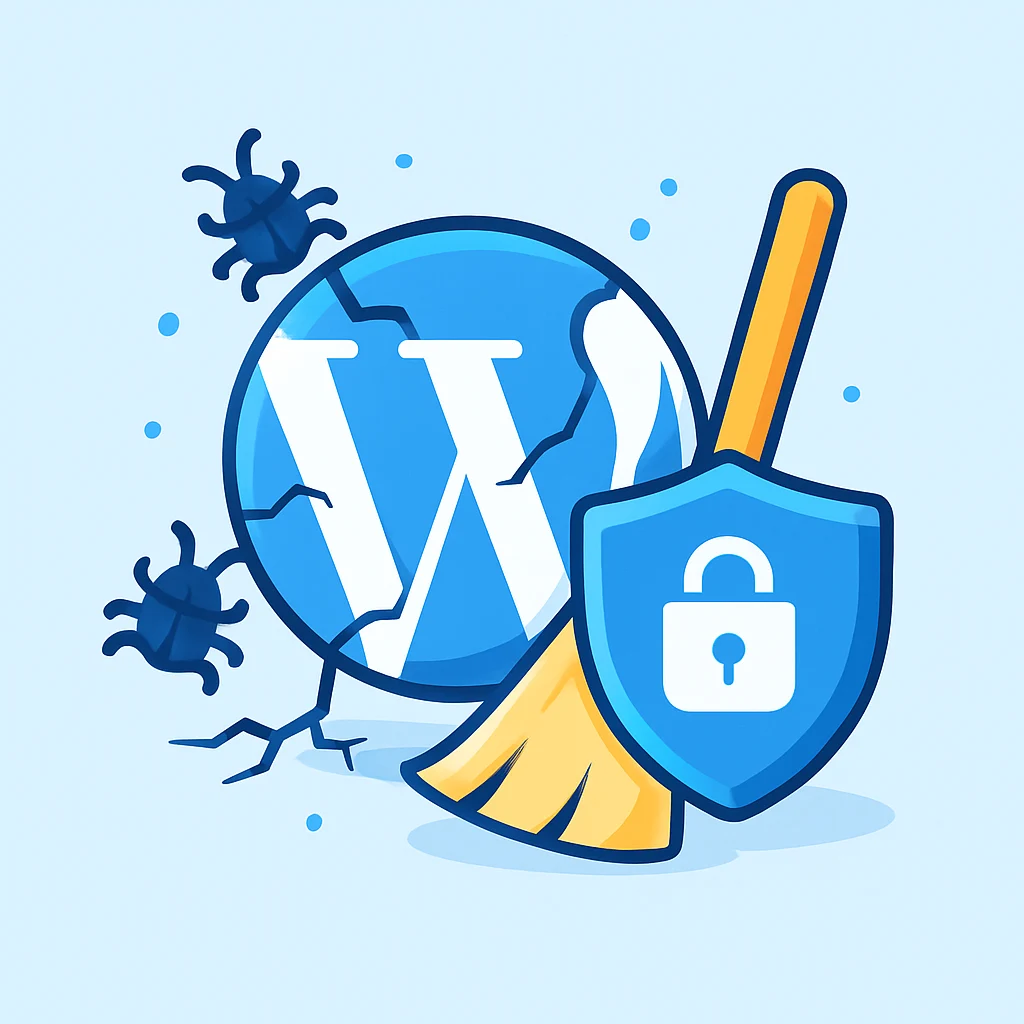
What is the SOA Serial in DNS and What Should You Know About It?
The SOA serial in DNS (Domain Name System) plays a crucial role in ensuring that DNS records are accurate and properly synchronized across all authoritative name servers in a domain. Understanding the SOA serial number and its implications is vital for anyone managing DNS zones. This article explores the concept of the SOA serial number, its structure, its significance, and best practices to manage it effectively.
What is an SOA Record?
An SOA (Start of Authority) record is a mandatory record in every DNS zone file. It contains critical information about the DNS zone and serves as the authoritative reference point for the domain. The SOA record specifies key parameters, including:
- Primary Name Server: The name of the primary DNS server for the zone.
- Responsible Party: The email address (formatted as a hostname) of the individual or team managing the zone.
- Refresh, Retry, Expire Timers: Settings that define how secondary name servers interact with the primary server.
- Minimum TTL (Time to Live): The default TTL value for DNS records in the zone.
A typical SOA record might look like this:
example.com. IN SOA ns1.example.com. admin.example.com. (
2023122101 ; Serial
3600 ; Refresh
900 ; Retry
1209600 ; Expire
86400 ; Minimum TTL
)Among these parameters, the serial number plays a pivotal role in ensuring proper synchronization across DNS servers.
What is the SOA Serial Number?
The SOA serial number is a unique value within the SOA record that identifies the current version of the zone file. Each time a change is made to the DNS zone (such as adding or modifying DNS records), the serial number should be incremented.
The serial number acts as a version control mechanism, allowing secondary name servers to detect updates made to the zone. If a secondary server finds that its stored serial number is lower than the one in the primary server's SOA record, it triggers a zone transfer to fetch the updated data.
Why is the SOA Serial Number Important?
The SOA serial number ensures consistency and synchronization across all DNS servers. Here’s why it matters:
- Zone Transfers: Secondary DNS servers rely on the SOA serial number to determine whether the zone data has changed. If the serial number on the primary server is higher than the one the secondary server holds, the latter initiates a zone transfer.
- DNS Redundancy: For high availability, DNS zones are often hosted on multiple servers. Keeping all servers synchronized ensures that end-users receive consistent responses, regardless of which server they query.
- Troubleshooting and Debugging: A correctly managed SOA serial number helps administrators identify and resolve issues related to outdated DNS data or propagation delays.
Format of the SOA Serial Number
The SOA serial number is a 32-bit unsigned integer, allowing values from 0 to 4,294,967,295. Once the maximum value is reached, the serial number rolls over to 0.
Common Formats for SOA Serial Numbers:
- Date-Based Format: The serial number is represented as YYYYMMDDXX, where:
- YYYY is the year.
- MM is the month.
- DD is the day.
- XX is a two-digit counter for changes made on the same day.
Example: 2023122101 represents the first change on December 21, 2023. - Incremental Format: The serial number starts at 1 and increments by 1 with each change.
Example: 1, 2, 3, … N. - Epoch Format: Uses a Unix timestamp to represent the serial number.
Example: 1695558400 corresponds to a specific date and time.
SOA Serial Number Incrementing Policies
When updating a DNS zone file, it is essential to increment the SOA serial number correctly. Here’s how it’s typically managed:
Manual Updates
Administrators manually edit the zone file and increment the serial number by following the chosen format. This method is best for smaller zones with infrequent updates.
Automated Systems
DNS management tools automatically handle serial number updates whenever changes are made. This approach is recommended for larger zones or dynamic environments where frequent updates occur.
Rollback and Recovery
If a zone needs to be reverted to an earlier version, ensure the serial number in the restored file is higher than the current value on secondary servers.
Best Practices for Managing SOA Serial Numbers
- Choose a Consistent Format: Select a format that aligns with your organization’s needs. Date-based formats are intuitive for manual management, while incremental formats are simpler for automation.
- Automate When Possible: Use DNS management tools or scripts to automate serial number updates and avoid human error.
- Validate Zone Files: Before applying changes, validate your DNS zone file to ensure the SOA serial number has been updated and is properly formatted.
- Monitor Secondary Servers: Regularly check that secondary servers are synchronized with the primary server and that their SOA serial numbers match.
- Document Changes: Maintain a change log to track updates made to the DNS zone and their corresponding serial numbers.
Potential Pitfalls and How to Avoid Them
Forgetting to Update the Serial Number
If you forget to increment the serial number, secondary servers will not fetch updated zone data. Always double-check the SOA record after making changes.
Duplicate Serial Numbers
Using the same serial number for different zone versions can lead to synchronization issues. Ensure each update uses a unique serial number.
Mismatched Formats
Switching between date-based and incremental formats can cause confusion and errors. Stick to one format consistently.
Serial Number Rollback
Setting a serial number lower than the current value on secondary servers can cause synchronization failures. If you must rollback, ensure the new serial is higher than any previously used value.
Excessive Updates
Frequent updates with minor changes can cause unnecessary zone transfers and increased server load. Consolidate updates whenever possible.
Conclusion
The SOA serial number is a small but critical component of DNS zone management. It acts as the version number for your DNS records, ensuring proper synchronization across all servers. By understanding its structure, importance, and best practices, you can effectively manage your DNS zones and avoid common pitfalls.
Adopting a consistent serial number format, leveraging automation tools, and validating your zone files will streamline your DNS management process. Whether you are managing a small personal domain or a large enterprise network, attention to the SOA serial number ensures smooth and reliable DNS operations.
If you’re looking for professional hosting and DNS management solutions, check out our services at ENGINYRING Domain Registration or contact us directly via ENGINYRING Contact Page.









